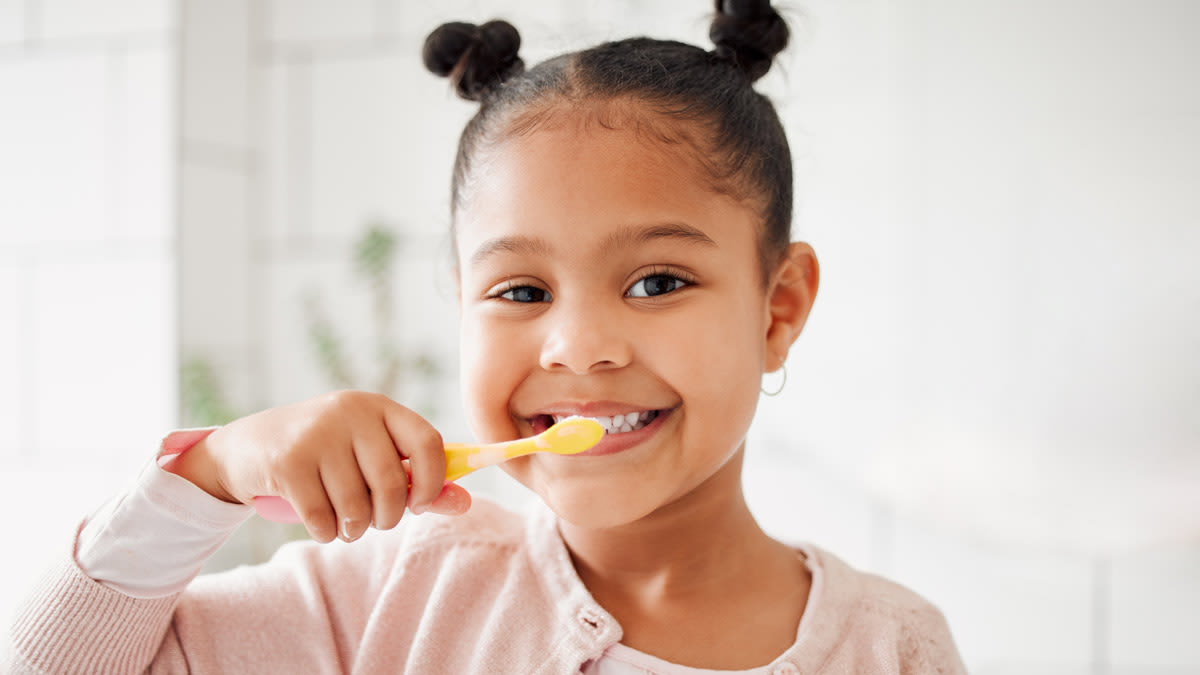2 Kids Toothpastes Experts Love—and Why

Try one of our top picks from our review above. You can also shop better by following our tips below. And note that there’s no need to stick to toothpaste specifically labeled for kids, Price says. Children can use adult toothpaste as long as it contains fluoride and doesn’t address oral health concerns beyond cavity prevention, such as gum disease or teeth whitening.
Be cautious of titanium dioxide. This ingredient is mainly used in toothpaste to make it appear whiter and brighter. While more research is needed on how much titanium dioxide is consumed from brushing our teeth, the ingredient has been banned in foods in the European Union because of the possibility that it could damage the body’s genetic material and undermine its immune system. In the U.S., CR supports a bill in California that would ban titanium dioxide from foods served in the state’s public schools. Numerous public health interest organizations have petitioned the Food and Drug Administration to ban the ingredient from foods in the U.S.
Be wary of dyes. Not all the dyes used in toothpaste pose risks, though several have raised concerns. For example, Blue Dye No. 1 and some others are linked to hyperactivity in children. You can spot dyes on labels by looking for a color, generally followed by a number and sometimes preceded by FD&C. Examples include: FD&C Blue No. 1, Blue No. 2, Red No. 3, and Yellow No. 6. As with titanium dioxide, six harmful dyes are up for the proposed ban in California public schools because of their link to neurobehavioral problems in some children.
Shop for toothpaste with disclosed flavors. Because it’s impossible to know what you’re exposed to without ingredient disclosure, choose a toothpaste with all its ingredients listed on the packaging. Steer clear of those that use catch-all terms like “flavor,” “artificial flavor,” or even “natural flavor.” This will help you avoid flavor ingredients that have been linked to human and environmental health issues, such as acetamide, which is associated with cancer, and musk ambrette, which may interfere with fertility and cause environmental harm.
Avoid ethoxylated ingredients. These are ingredients that use ethylene oxide, an ingredient linked to cancer when inhaled, in manufacturing. The process also gives rise to a contaminant called 1,4-dioxane, which is linked to cancer. Because both of these ingredients are contaminants, you won’t find them listed on labels, but you can spot ethoxylated ingredients by looking for the terms PEG and polysorbate, typically followed by a number (for example, PEG-8 or polysorbate 20), as well as the suffix “-eth” as in “laureth.”
Source link









